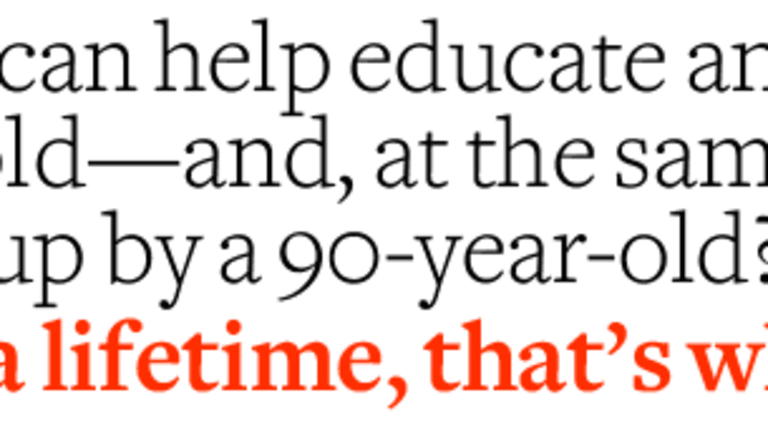A disability couldn't stop Roger Crawford from excelling on the court
card-sponsor-pre Oct 27, 2017Hall of Fame President Stan Smith is one of tennis’ great ambassadors
card-sponsor-pre Dec 03, 2017Maurica Katz uses tennis to better the lives of thousands of children
Dec 02, 2017Meet the 10-year-old boy who beat cancer and inspired Roger Federer
card-sponsor-pre Nov 01, 2017Weathering the Storm: The story of Tulane tennis and Hurricane Katrina
Nov 01, 2017Only when Murphy Jensen hit rock bottom did he find what he needed
card-sponsor-pre Oct 31, 2017CT Open's Anne Worcester is everything a tournament director should be
card-sponsor-pre Oct 31, 2017An 81-year-old high-school coach's no-cut policy has been a win-win
Oct 31, 2017With endless dedication, UCLA's Grant Chen is the ultimate team player
card-sponsor-pre Oct 31, 2017In keeping a tennis club alive, Ray Habib created a vital community
card-sponsor-pre Oct 31, 2017A disability couldn't stop Roger Crawford from excelling on the court
heroes tennis channel 2017
published_tag Oct 27, 2017
Advertising

A disability couldn't stop Roger Crawford from excelling on the court
Advertising

A disability couldn't stop Roger Crawford from excelling on the court
© © 2017 Rudy Meyers
Advertising

A disability couldn't stop Roger Crawford from excelling on the court